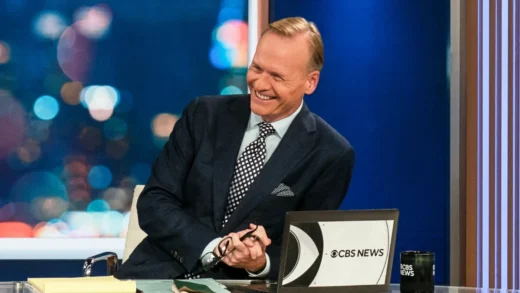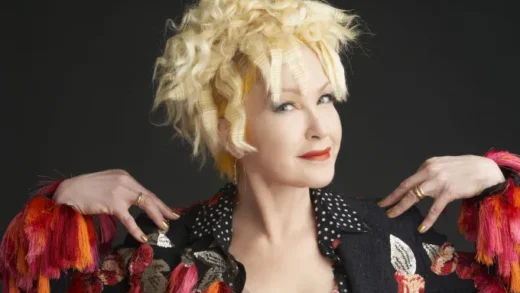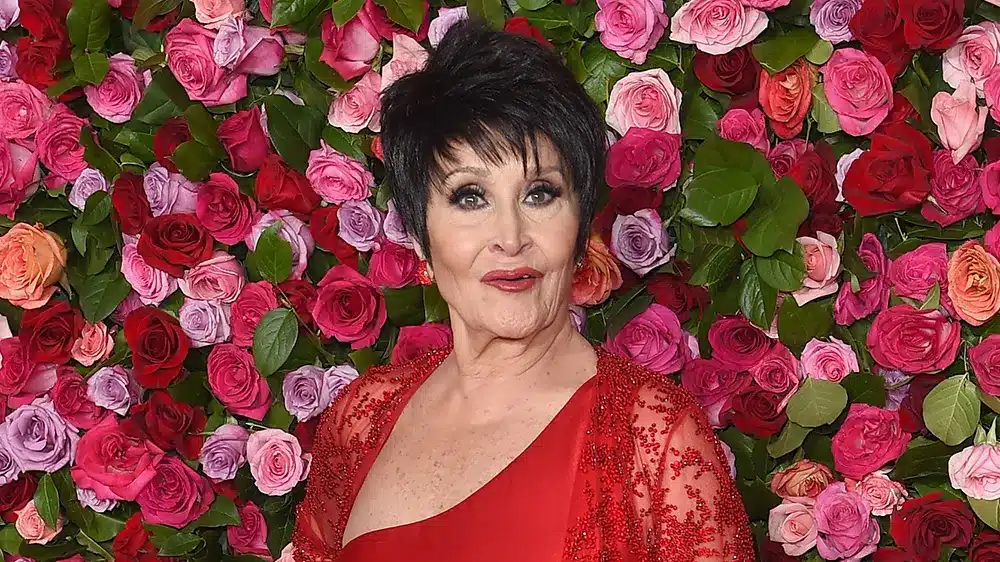Broadway legend Chita Rivera, a two-time Tony winner and nine-time nominee, died on Tuesday morning after a brief illness, her publicist announced. She was 91.
The actor-singer-dancer originated the role of Anita in the original Broadway production of “West Side Story,” as well as the title character in “Kiss of the Spider Woman” and the role of Velma Kelly in the original Broadway run of “Chicago.”
As the New York Times noted in reviewing her 2005 career retrospective, “Chita Rivera: A Dancer’s Life,” Rivera’s charisma lay “in her expert technique and in the infectious pleasure she derives from it. She has always been a pro’s pro in a world of exacting judgments and mythic standards.”
Rivera originated an array of iconic roles that other actors would take forward and make their own. But she rarely portrayed these characters outside of stage performance.
Rivera viewed herself as “a chorus dancer who went through the whole race.” “I think I can cope with anything that comes up,” she said.
She was on the path to a classical dance career when in 1952 Rivera accompanied a friend on an audition for the Broadway production of “Call Me Madam.” The friend didn’t get the part of principal dancer but Rivera did. She followed this debut with other Broadway shows, including “Can-Can,” “Seventh Heaven,” “Mr. Wonderful” and “Shinbone Alley.”
But her steadily growing profile sky-rocketed in 1957, when she appeared in “West Side Story.” Conceived, directed and choreographed by Jerome Robbins, with book by Arthur Laurents, music by Leonard Bernstein and lyrics by Stephen Sondheim, the production was revolutionary, merging a jazzy score with a gritty, urban take on “Romeo and Juliet.” The performers wore sneakers and jeans, snapped their fingers and spoke in slang.
Rivera wowed audiences with her vibrant performance as Anita, best friend to the show’s heroine, Maria, and girlfriend to Maria’s brother Bernardo.
She credited Robbins with helping her find her own personality as a dancer. Rehearsals involved Method-style “reality” techniques such as keeping the actors playing the rival gangs separated from one another. News of New York gang activity was posted on bulletin boards for the cast to absorb.
For her part, Rivera found herself delving into character for the first time. Dancers, Rivera said, “do exactly what the choreographer tells you to do. But all of a sudden we had this kind of freedom, which meant you really had to deal with your own emotions and your own mind.”
(Excerpt) Read more in: Variety





